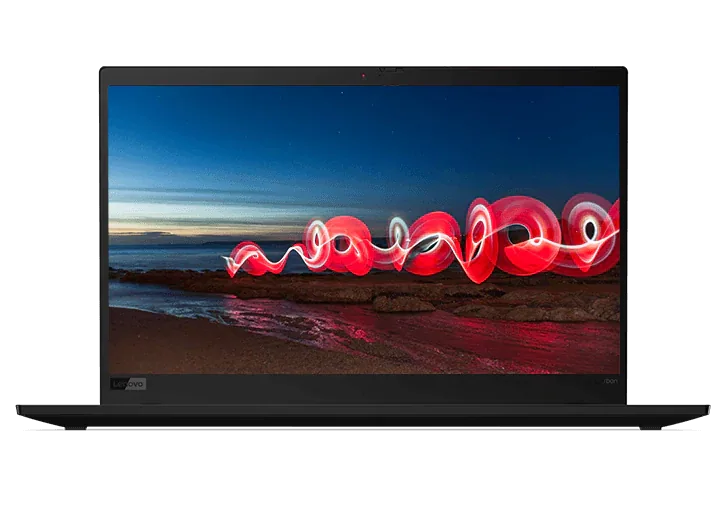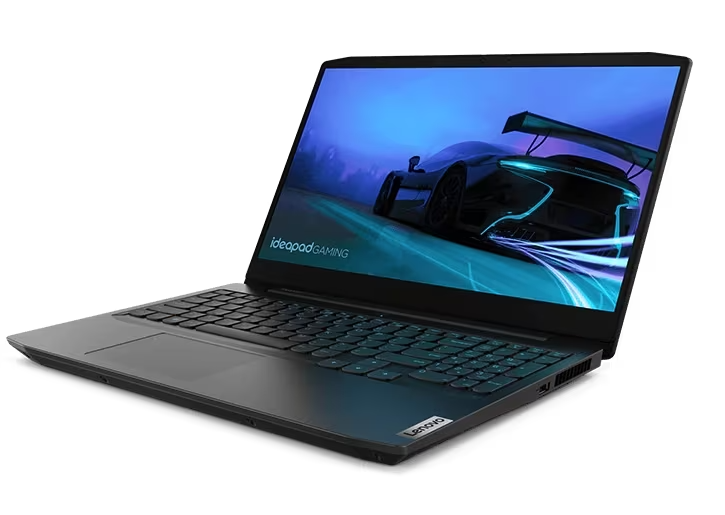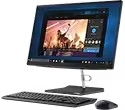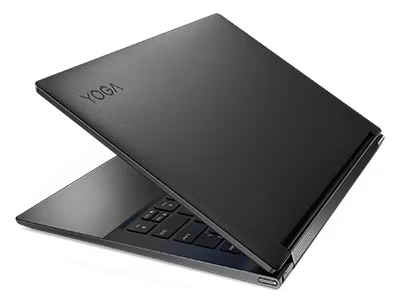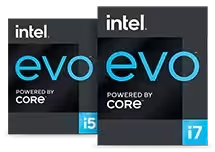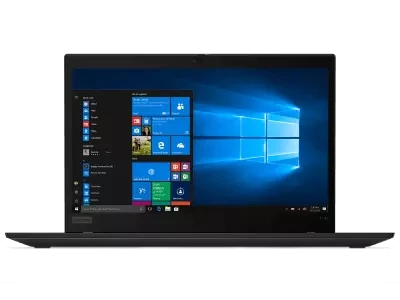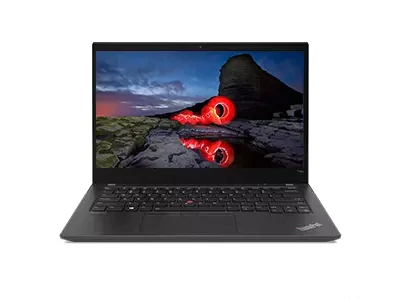How to Install Linux on a Chromebook
The Linux operating system is free, open source, and known for the features it delivers without using a lot of RAM and other resources. Chromebooks – built on Google’s stripped down, Linux-based Chrome OS – are prized for their light weight, long battery life, and affordability. So how about a Chromebook running a full-fledged Linux distribution? To many users, it’s the best of both worlds.
We’ll give some tips about activating or installing Linux on a Chromebook in the sections that follow. But first, you may be asking a question. If the Chrome operating system is based on the Linux OS kernel, why would you want to run Linux itself on your Chromebook? After all, Chromebooks are simple to set up and use. And compared to Chrome, Linux requires more user input to set up and maintain.
First, Linux does most of its work locally on your machine versus using cloud-based apps and services. This allows the best Linux distros offer a wider variety of basic OS-level capabilities than Chrome. For example, managing files is said to be far easier with a Linux OS than with Chrome. Linux is also said to be better at connecting to peripheral devices.
Second, there’s a big collection of Linux apps that many users prefer. Some consider them superior to Microsoft Windows-based apps. Plus, unlike most Chrome apps, you can use locally installed Linux apps without a live internet connection.
IMPORTANT: The instructions presented here are high-level and abbreviated compared to those provided by each Linux distributor. They’re meant only to help you decide if you’re capable of using/installing Linux on your Chromebook. If you proceed, use the instructions provided by your Linux distributor. Lenovo is not responsible for any problems that occur if/when you activate/install Linux.
Using built-in Linux (Beta) features on a Chromebook
Most Chromebooks built since 2019 have a built-in Linux environment called Linux (Beta) that you can easily switch to and from within the Chrome OS. It runs in Chrome’s Beta channel, versus the Stable channel used for most activities. So Google calls it a work in progress. But it’s a great option for using Linux apps and features without installing a Linux distro on your own.
Here’s how to activate Linux (Beta) on Chromebooks where it’s available:
- Go to Settings
- Find Linux (Beta)
- Select “Turn On”
- Allow a few minutes for the Linux (Beta) files to download and install.
When complete, you’ll get a Linux (Beta) Terminal window. You can type Linux commands, install tools using a package manager, and more. The latest versions of Linux (Beta) even allow you to install the KDE desktop for a more traditional user experience. However, that’s beyond the scope of this article.
For more on Linux (Beta), visit https://support.google.com/chromebook/answer/9145439.
Installing a Linux distro on a Chromebook
Some users want to run Linux apps but not through the Chrome OS and Linux (Beta). They prefer to use a Linux distro of their own choosing. Fortunately, it's easy to install a Linux OS on your Chromebook – whether for dual booting alongside Chrome or to replace the Chrome OS entirely.
One of the most recommended Linux distros for Chromebooks is Gallium OS (galliumos.org). Gallium was purpose-built for Chromebooks. Reviewers say it's fast, demands few system resources, and comes with several helpful bundled apps. Other Linux distros touted for use on Chromebooks include Solus OS, Arch Linux, MX Linux, and others.
Here's a high-level look at installing Gallium OS on your Chromebook. Use these details to decide if you've got the skills and desire to install Gallium. If you opt to proceed, we recommend following the detailed instructions posted at the Gallium website.
NOTE: Chromebooks made by different companies may or may not support the steps shown here. Consult the website of your selected Linux distro for details on which Chromebooks support it.
Installing Gallium Linux on a Chromebook from an ISO image
The Gallium OS can be installed in the "traditional" way. That is, from an ISO image you save on a flash drive or SD card. This method replaces the original Chrome OS with Gallium. [You can dual boot with other OSes, such as Microsoft Windows or other Linux distros. But we don’t explain that here. Also, you can't use this ISO install method to dual boot Gallium and the original Chrome OS. For that, use the command line method described later.]
NOTE: BACK UP YOUR LOCAL USER DATA AND PERSONAL FILES before you begin. Gallium warns users that installing it on your Chromebook requires entering Chrome’s Developer Mode, which erases all local user data on the machine (cloud-stored files will be unaffected). Consult your Chromebook's Help files to learn how to enable Developer Mode and the factors you should consider before doing so.
The Gallium website gives full details about installing the OS from the ISO file. For now, here’s a high-level look at the steps you’ll follow:
- Go to galliumos.org to download the latest Gallium ISO file.
- Burn or image the ISO file on a flash drive or SD card, creating "bootable" media. See How to Install Linux for more on this process.
- Enable booting from the appropriate drive. That is, set your system to boot from a USB port or card slot. *
*This is where Developer Mode is required. - Insert your bootable media and restart your Chromebook.
Your Chromebook should now boot up using the Gallium OS files it finds on the inserted media. You'll have the option of running Gallium directly from the media (a great way to test it). Or you can install it permanently on internal storage to replace the original Chrome OS.
Installing Gallium Linux on a Chromebook from the command line
Another method of installing Gallium on a Chromebook involves using Chrome's chrx command. It’s specialized code that can install another Linux distro alongside the Chrome OS in a dual boot scenario. Before starting, confirm your Chromebook supports chrx and take any preparatory steps that are advised.
NOTE: BACK UP YOUR LOCAL USER DATA AND PERSONAL FILES before starting. As with the ISO method described above, enabling chrx requires you to enter Developer Mode, which can erase local data.
The Gallium website has complete instructions for installing the OS from the command line. For now, here’s a high-level look at the procedure:
- Start your Chromebook with networking enabled.
- Switch to Virtual Terminal mode and log in as user Chronos.
- Initiate chrx using the command:
cd ; curl -O https://chrx.org/go && sh go
Prompts will guide you through the process of partitioning your internal storage. This is necessary to preserve the existing Chrome OS and install Gallium Linux separately. From now on, when you start your Chromebook, you'll choose either CRTL + L to launch Gallium or CTRL + D to run Chrome.
Remember that the steps outlined here are abbreviated and high level. They're intended to introduce you to the process of installing Gallium Linux on your Chromebook, not to give you every detail and option. For best results, consult the documentation at galliumos.org.
Lenovo Linux laptops, computers and workstations
Lenovo now offers a wide selection of ultra-reliable Think-brand laptops, desktops and workstations with the Linux OS preinstalled. Have the reliable portability of the latest ThinkPad laptop or mobile workstation, or the brawny business power of a ThinkCentre desktop – now with select models of each featuring the Linux OS right out of the box.
Browse all of our latest Linux laptops and computers today.
